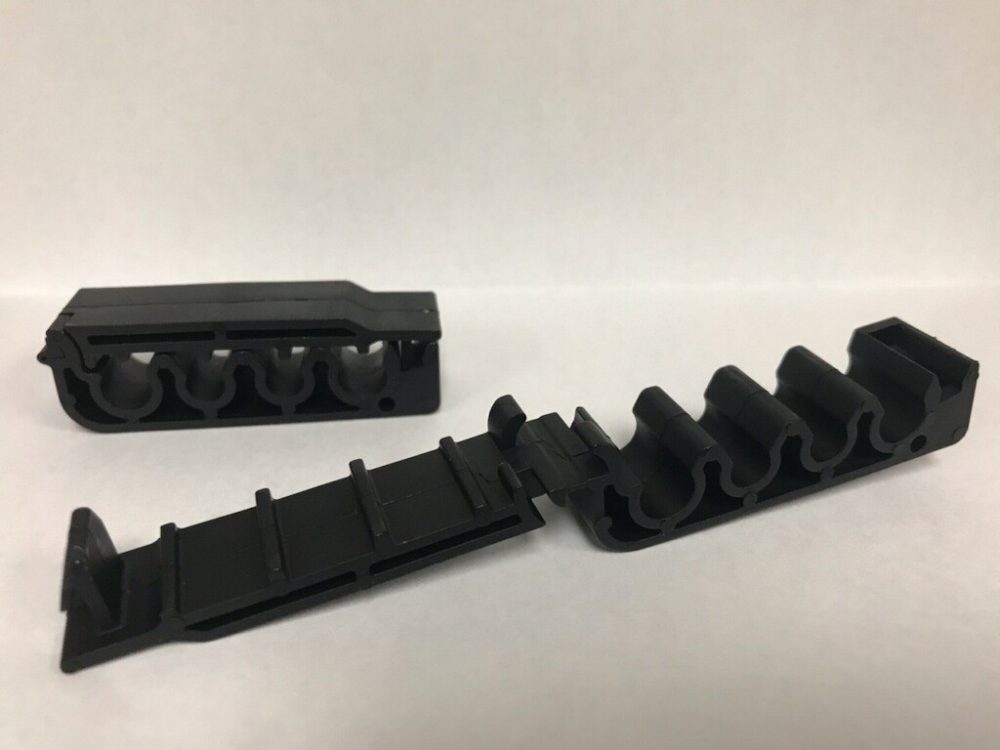
Photo: Ford
Ford and HP are looking to make 3D printing technology more sustainable. The giants of industry are teaming up to reuse spent 3D printing parts and powders for vehicle parts, minimizing waste in the process.
Awards for Ford: Ranger picks up top honors in J.D. Power Initial Quality Study
Ford and HP are testing the process by making injection-molded fuel-line clips for the Ford F-250 Super Duty. According to Ford, the recycled parts are lighter, less expensive, and more resistant that conventional fuel-line clips. Because the project has panned out successfully so far, Ford is looking to bring its innovation to as many as 10 new vehicles.
“Finding new ways to work with sustainable materials, reducing waste and leading the development of the circular economy are passions at Ford,” said Debbie Mielewski, Ford technical fellow, Sustainability. “Many companies are finding great uses for 3D printing technologies, but, together with HP, we’re the first to find a high-value application for waste powder that likely would have gone to landfill, transforming it into functional and durable auto parts.”
Mielewski, the first female technical fellow in Ford history, says that the innovation is indicative of the company’s push for 100 percent sustainability. Not only in that it finds a solution for a problem involving waste and improves an existing product, but also in that it involves collaboration with other companies.
In addition to HP, Ford is working with companies SmileDirectClub, Lavergne, and ARaymond on its 3D waste project. SDC is the largest user of HP 3D printers in the country with 60 printers generating 40,000 aligners a day. Resign producer Lavergne turns those resources into plastic pellets, which Ford supplier ARaymond then turns into the fuel-line clips .
Last month, Ford released its first integrated sustainability and financial report, which lays out efforts toward its goal of 100 percent sustainability in manufacturing and products.
Going Green with Ford: Terms you need to know, including EcoBoost technology
Kyle S. Johnson lives in Cincinnati, a city known by many as “the Cincinnati of Southwest Ohio.” He enjoys professional wrestling, Halloween, and also other things. He has been writing for a while, and he plans to continue to write well into the future. See more articles by Kyle.



